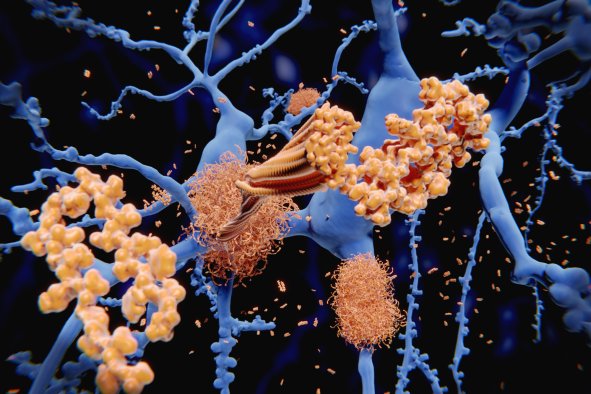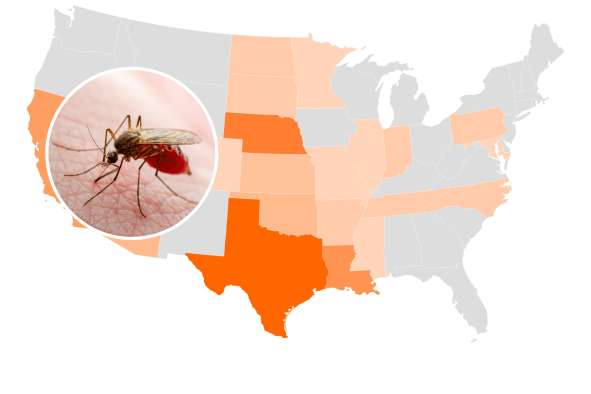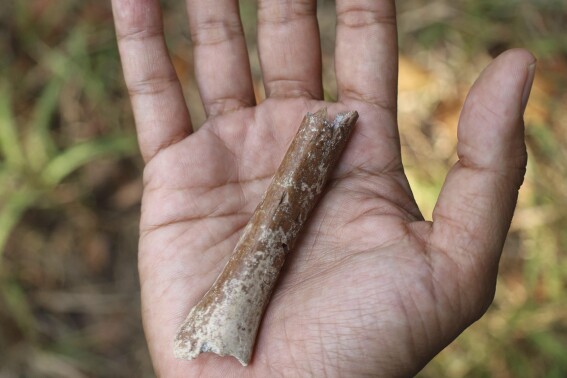An unassuming starfish species found around the world has a shocking amount of DNA hidden inside its cells.
The brooding brittle star (Amphipholis squamata), which has a tiny disk-shaped body and long spindly arms, has a genome several times larger than that seen in other brittle star species, according to a new paper in the online journal Royal Society Open Science.
This is because the species undergoes a process called polyploidization, which is when a single chromosome is duplicated multiple times.
"It has amazing genetic diversity," study co-author Tim O'Hara, a senior marine curator at Museums Victoria in Australia, told Newsweek.
"Instead of evolving into separate species over time, lineages readily hybridize with each other, so building up a great amount of genetic diversity. But not only that, they sometimes add their genomes together, so end up with four or more copies of each gene," O'Hara said.
The species' genome is so diverse it can "hardly be called a species," according to a press release.
Polyploidization is a natural genetic phenomenon, resulting in an organism ending up with more than two sets of chromosomes. Most animals, including humans, have two sets of chromosomes—one from each parent. Polyploidization means having three, four or even more sets.
This can happen naturally and may lead to changes in size, growth and other traits in plants and animals. It's more common in plants and can sometimes make them bigger or more resilient. Wheat, potatoes and strawberries, among many others, are polyploid.
There are two forms of polyploidy: autopolyploidy and allopolyploidy. Autopolyploidy occurs when an organism has multiple sets of chromosomes derived from a single species (its own). Allopolyploidy happens when an organism has chromosome sets from different species, often resulting from hybridization between two species, followed by chromosome doubling.
"This is rare in animals and very often associated with asexual complexes, which often have much larger population sizes and more extensive geographical ranges than their diploid sexual relatives," the authors wrote in the paper.
This can arise as a result of hybrids between two species that end up not being infertile, as usually expected, but having twice as many chromosomes. These hybrids may then backcross with their original species, creating young with increased chromosome numbers. This has been observed in whiptail lizards and Ambystoma salamanders.
Despite its rarity in the animal kingdom, this brittle star may have become polyploid via allopolyploidy rather than autopolyploidy, the researchers suggest.
"While our data has limited power and was never intended to explicitly resolve subgenome hybrid polyploidy, in the proper context it strongly implies that A. squamata encompasses a hybrid polyploid complex," they wrote.
The authors suggest that hybridization events may also be responsible for such an explosion in chromosome number. However, they still aren't sure exactly what the mechanisms of this are.
"We are currently unsure if individuals of A. squamata self-fertilize, are parthenogenetic or utilize some sort of sperm-mediated strategy," the researchers wrote.
The researchers also say that the success of the brooding brittle star at establishing itself around the world may be due to this huge genome.
"Amphipholis squamata is an excellent coloniser and has achieved a widespread distribution despite not having a disperse phase in its life cycle, possibly assisted through reproductive assurance. Its polyploids occur throughout the wide geographic range but it is unclear where the potential diploid lineages might be found," the authors wrote.
The continued: "Several other aspects of A. squamata biology, such as varying abundance from environmental variability, color variation and predation and parasite load, might usefully be re-evaluated in the light of our hypothesis, considering the extensive theory and knowledge in other systems."
Reference
Hugall AF, Byrne M, O'Hara TD. Genetic variation in the brooding brittlestar: a global hybrid polyploid complex? R. Soc. Open Sci. Published Online First 6 August 2024 https://doi.org/10.1098/rsos.240428
Do you have a tip on a science story that Newsweek should be covering? Do you have a question about polyploidy? Let us know via science@newsweek.com.
Disclaimer: The copyright of this article belongs to the original author. Reposting this article is solely for the purpose of information dissemination and does not constitute any investment advice. If there is any infringement, please contact us immediately. We will make corrections or deletions as necessary. Thank you.



